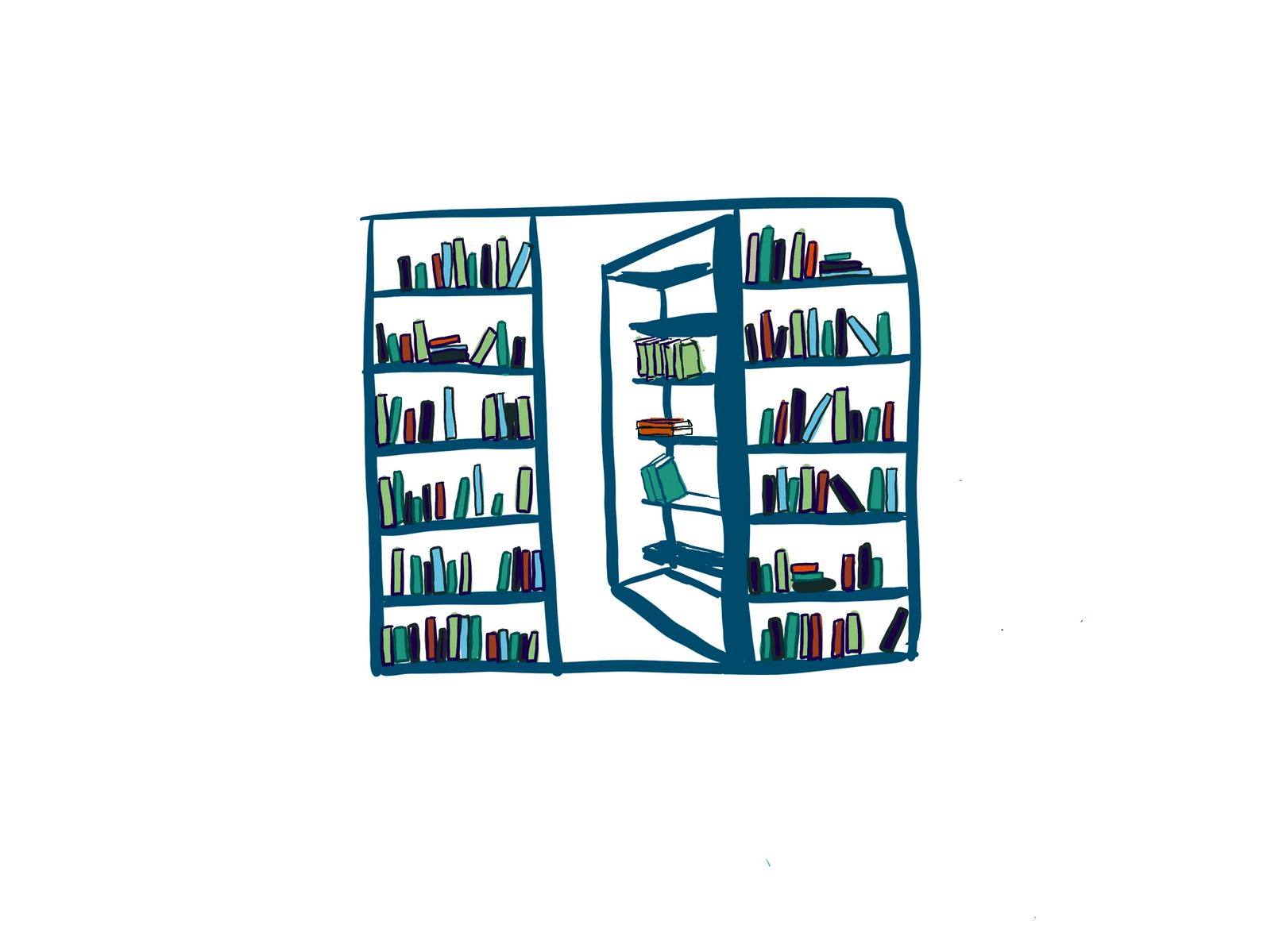We pass these huge trees on our hikes through the Georgia woods. They're remarkable. A couple of feet above the ground, these trees have an unnatural perpendicular bend. They jut out parallel to the earth for several feet before turning another 90-degree-angle and launching skyward again.
We always marveled at these bent trees. They're our favorite spots for water breaks and photo ops. We've been curious about them for as long as my family has been hiking trails—almost a solid decade now.
"These aren't natural," we'd always say. As our curiosity grew and the kids got bigger, we'd look for signs of outward damage on the trees, a cause for this unusual growth pattern. "There's no scarring, no knots that would indicate fungus," we'd say, "There's no sign of disease." We'd walk away, bewildered. "How did they get like that?"
Finally, the mystery unraveled. I happened across an article detailing the Native American practice of marking trails with crooked trees; they were landmarks that indicated the main trail or a source of water. If you could read the trees, you could find your way to warmth, food, and friendship. They mark a whole pre-Columbian highway system that transverses the US, particularly the eastern part. The process the Native Americans used to create these landmarks was simple: they'd take a strudy, yet supple sapling, usually Oak or Maple, weigh it down with a rope and a rock and let it grow for a while. The trauma would make the tree grow slower, but it would still grow. After a while, it kept growing in the direction it had been trained.
The network of these trees, traumatized 200, 300, 400 years ago is still mapable today; they still show us the way to clean water and passable terrain.
For me, these trail trees have become a perfect metaphor for "post-traumatic growth."
While Amber was visiting us after Christmas, still grieving the loss of her firstborn son Cullen in June (we all are), but also still so incredibly present and engaged, she kept using this phrase: "post-traumatic growth." It's this idea that beyond a stress response or a resilient response to trauma, we can experience positive growth as a result of trauma. Sheryl Sandberg, writing with psychologist Adam Grant, in their book "Option B: Facing Adversity, Building Resilience, and Finding Joy," says, "post-traumatic growth could take five different forms: finding personal strength, gaining appreciation, forming deeper relationships, discovering more meaning in life, and seeing new possibilities."
Trauma created these crooked trail trees. The unbearable force put upon them for a season imbued them with a meaning, a purpose, a story. They showed the way toward community, connection, resources. We can choose how we respond to traumas in our lives (and if we are living, there will be trauma). Like these trees, we can still feel the downward push of the grief, heartache, pain, suffering, but we will still keep growing. We'll get to point toward something. Unlike those trail trees, we can choose the direction our post-traumatic growth.
I imagine in my life, in my grief journey, I will scuplt many trail trees, marking the trail and resources that will get me through the winding and wild topography of grief. Like the ancient Israelites raised their stones of Rememberance throughout the wilderness, their Ebenezers. I will fashion these trail trees to point the way toward where I want to go—joy, hope, irresistible LIFE.
Here is my current trail tree: I try to pay mindful, almost worshipful, attention to the smallest details of every single moment. I choose to walk very carefully through the woods with my children every day, paying attention to how my feet fall on the forest floor: first heels, then ball, then toes, one by one. I pay attention to them until one of the children calls for me. Then I pay attention to what they pay attention to: crooked trail trees, Great Blue Heron tracks in the sand by the pond, the pileated woodpecker they found first with their ears, then with their eyes. I breathe deep and am enchanted by their childlike wonder.
Like those trail trees, there's no external mark or scar, no sign of disease or distress for this marker in my life. There is simply the existence of this new spiritual practice of embracing each tender moment like the gift it is.
Where and how will you form your own trail trees?





